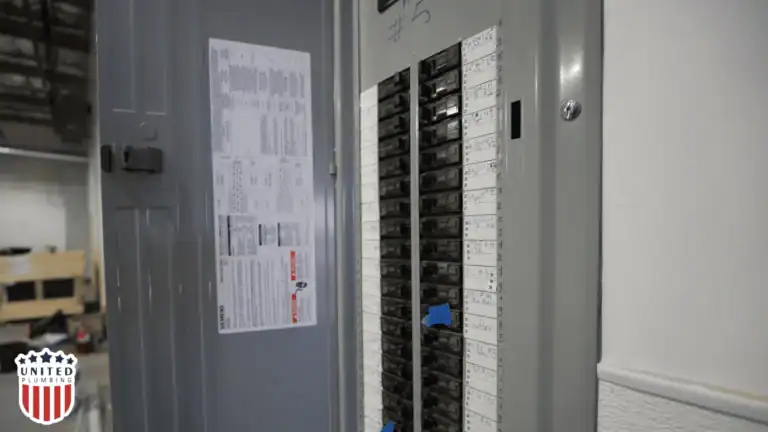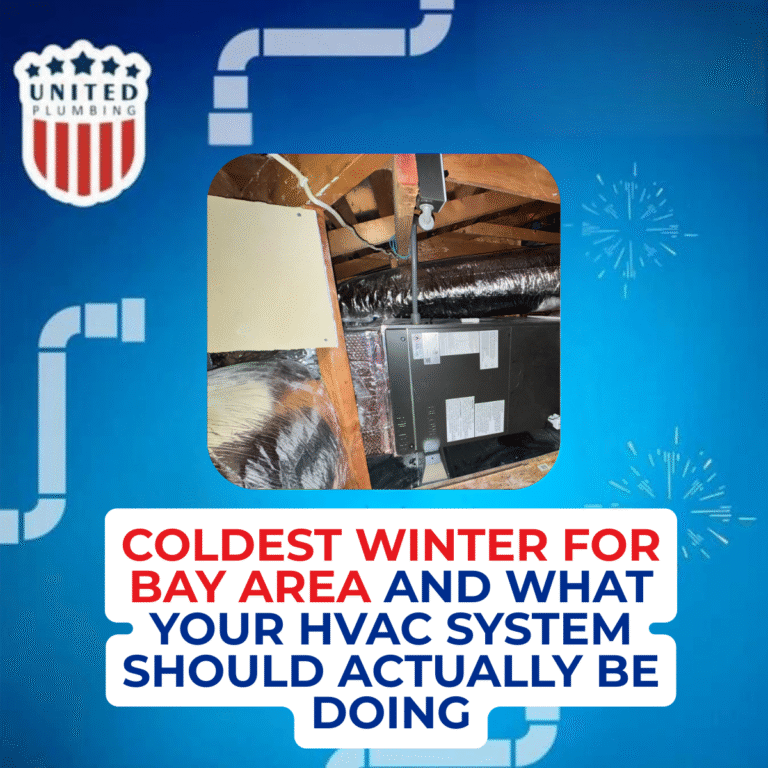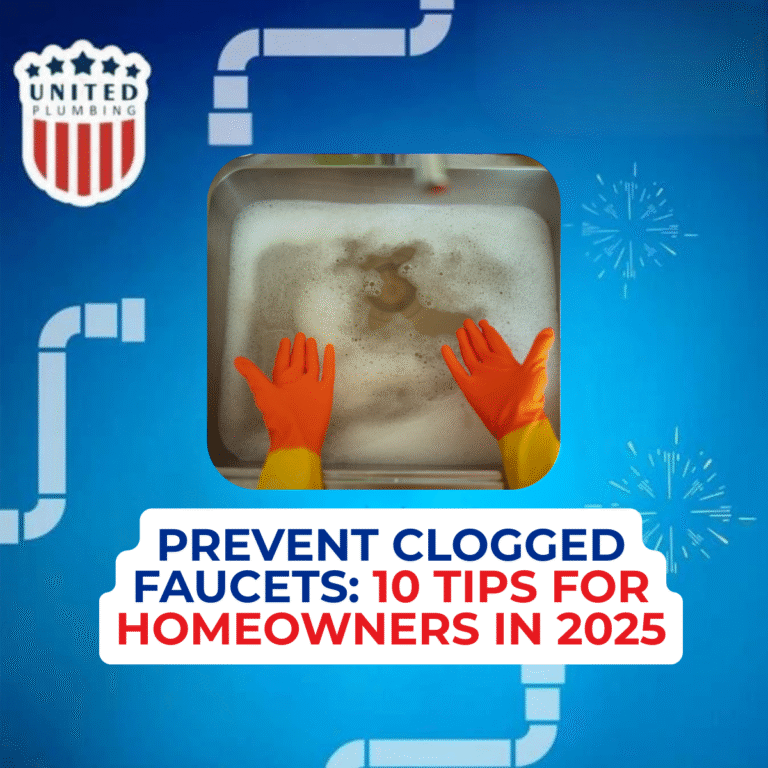FIVE-STAR TEAM WARRANTY &
SAME-DAY SERVICE
DIY Replace a GFCI Outlet in Minutes: Pro Tips from a 15-Year Electrician
After spending 15+ years inside homes, we’ve replaced hundreds of faulty GFCI outlets some installed backwards, others never tested once. We’ve seen sparks fly from loose connections, melted terminals, and even water-damaged boxes hidden behind bathroom mirrors. The truth is, many homeowners can handle a GFCI replacement safely if they follow a proper process and respect what they’re working with. But electricity is unforgiving and if there’s ever a doubt, call a professional. This guide will teach you how to replace a GFCI outlet that isn’t just a surface-level YouTube walk-through. It’s what I wish every homeowner knew before touching an electrical box. Let’s do it right safely, confidently, and with the knowledge you need to protect your home.
Tools We Recommend
You don’t need a van full of tools. But you do need the right ones:
- Non-contact voltage tester (don’t cheap out here)
- Flathead + Phillips screwdriver
- Wire strippers
- Needle-nose pliers
- Electrical tape
- New UL-listed GFCI outlet (15A or 20A)
- Flashlight or headlamp (trust us, it helps)
Step 1: Shut Off the Power — AND Verify It

Every time we walk into a home where someone “thought the breaker was off,” we cringe. Don’t guess.
- Turn off the breaker to the outlet.
- Plug in a lamp or phone charger to double-check power is off.
- Use a non-contact tester to confirm there’s zero voltage.
Safety First: Don’t touch wires until you’ve tested them yourself.
Step 2: Remove the Old Outlet and Label Wires
Unscrew the cover plate and gently pull the outlet out. You’ll likely see:
- Black (hot) wires
- White (neutral) wires
- Bare or green (ground)
Look for two sets of black/white wires — one for LINE, one for LOAD. This is where most DIY jobs go wrong.
Pro Tip: Use painter’s tape to label the line wires before anything gets disconnected.
Step 3: Know Your Line vs. Load — This Matters
- LINE wires carry power in from the panel.
- LOAD wires send power to outlets downstream.
Miswiring these means your GFCI may still look like it works — but it won’t actually protect anything.
I’ve seen homeowners unknowingly leave bathrooms or garages unprotected for years because of this.
How to Confirm LINE:
Turn the breaker back on temporarily and test which wires are hot. That’s your LINE. Turn off the breaker again before wiring.
Step 4: Wiring the New GFCI Outlet
Here’s how to make clean, code-compliant connections:
- Connect LINE hot (black) and LINE neutral (white) to the LINE terminals.
- If applicable, connect LOAD wires to the LOAD terminals.
- Connect the ground wire to the green screw.
- Tighten screws securely — don’t overtighten, but snug is key.
- Wrap electrical tape around terminal screws to prevent side shorts (a real risk in metal boxes).
Pro Tip: Always fold wires neatly into the box. I’ve seen outlets fail early just from wire tension or bad folding.
Step 5: Mount, Power Up, and Test Like a Pro
- Carefully push the outlet back into the box and screw it in.
- Attach the faceplate.
- Turn the breaker back on.
- Press RESET on the outlet.
- Plug in a lamp or outlet tester.
- Press TEST — your lamp should go off. Press RESET again to restore power.
Advanced Tip: If you’ve got a GFCI outlet tester (under $20), use it to check for open grounds or reversed polarity.
Real-World Troubleshooting Advice
If something goes wrong:
- Outlet won’t reset: Likely miswired or tripped upstream.
- No power at LINE terminals: Your breaker may be off or faulty.
- Trips immediately: Check for a neutral-ground short (very common in older homes).
Still stuck? This is the point where calling an electrician is smart — not a failure.
When NOT to DIY
You should pause and call a pro if:
- The box feels overcrowded or has aluminum wiring.
- You see burn marks or melted insulation.
- You’re replacing outlets in wet or outdoor environments without GFCI-rated enclosures.
These are signals you might be looking at a larger electrical issue — not just a worn-out outlet.
Final Thoughts From a Veteran Electrician
Replace a GFCI outlet isn’t hard. But it is precise work. Mistakes don’t always show up right away which is why many DIY installs seem fine until they fail a home inspection or worse, during a power surge.
If you’re careful, methodical, and safety-minded, you’ll do just fine. Otherwise, I always tell homeowners: It’s cheaper to hire me once than fix it twice.
U.S. Consumer Product Safety Commission – GFCI Basics
Post views: 637
Latest posts

Coldest winter for Bay Area in 2025 And What Your HVAC System Should Actually Be Doing
If your home feels colder than usual this winter, you’re not imagining it. Bay Area home heating systems are being...

Prevent Clogged Faucets: 10 Tips for Homeowners in 2025
Clogged faucets are one of the most common service calls we handle in California homes, and the good news is that...


If you still have questions or need advice, please leave a request and we will contact you as soon as possible
Need a plumber and got no clue where to start?
(408) 539-6936Facing a plumbing issue? Get a FREE in-person estimate and quick solutions from our skilled technicians, ensuring your home runs smoothly again!
